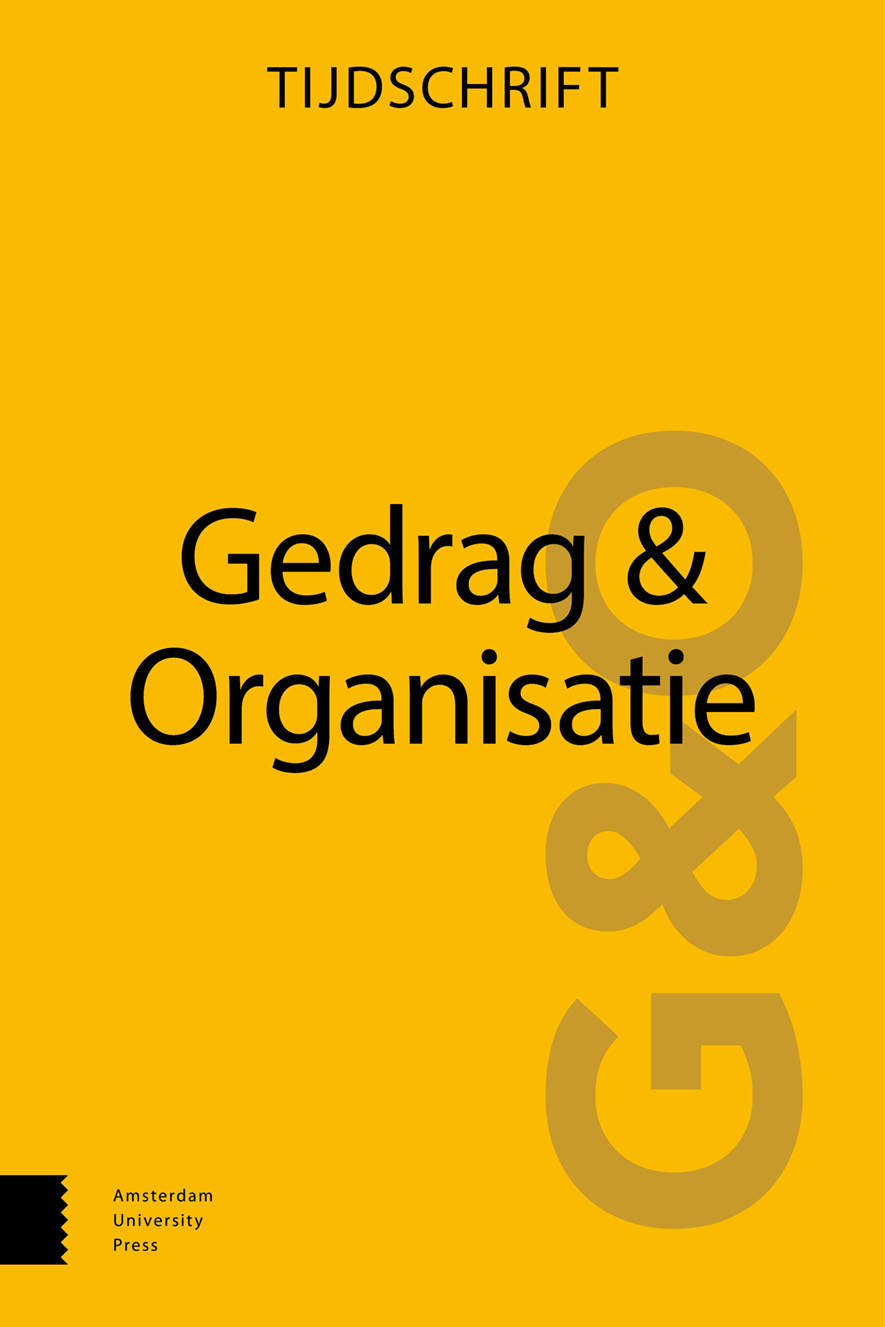
Full text loading...
In dit artikel wordt verslag gedaan van promotieonderzoek naar het belang van het ervaren leerklimaat in organisaties voor de employability van individuele medewerkers van alle leeftijden. Eerst werd naar een definiëring en operationalisering gezocht van het multidimensionele begrip employability binnen de organisatiecontext. We kwamen tot de volgende definitie van employability: “het continu vervullen, verwerven, of creëren van werk door het optimaal gebruik van competenties”. In deze operationalisatie wordt professionele expertise aangevuld met vier dimensies van meer generieke aard. Vervolgens werd een domein-onafhankelijk meetinstrument, dat uit een supervisor- en medewerkersversie bestaat, ontwikkeld en gevalideerd. Voorts werd onderzocht of employability voorspeld kan worden aan de hand van het ervaren leerklimaat. Hierbij werden, naast kalenderleeftijd, verschillende conceptualisaties van leeftijd in het model opgenomen (loopbaan- en levensfase). Deze studies wijzen uit dat we inderdaad een betrouwbaar en valide instrument hebben ontwikkeld dat toepasbaar is over verschillende beroepen en sectoren heen. Daarnaast is het ervaren leerklimaat van belang voor de employability van werknemers. Het ervaren leerklimaat neemt af met de kalenderleeftijd, maar dit verband verdwijnt als loopbaan- en levensfasen worden meegenomen in de analyse. Organisaties kunnen het instrumentarium dat is ontwikkeld gebruiken ter bevordering van de duurzame inzetbaarheid van hun medewerkers.

Article metrics loading...

Full text loading...
References


Data & Media loading...

